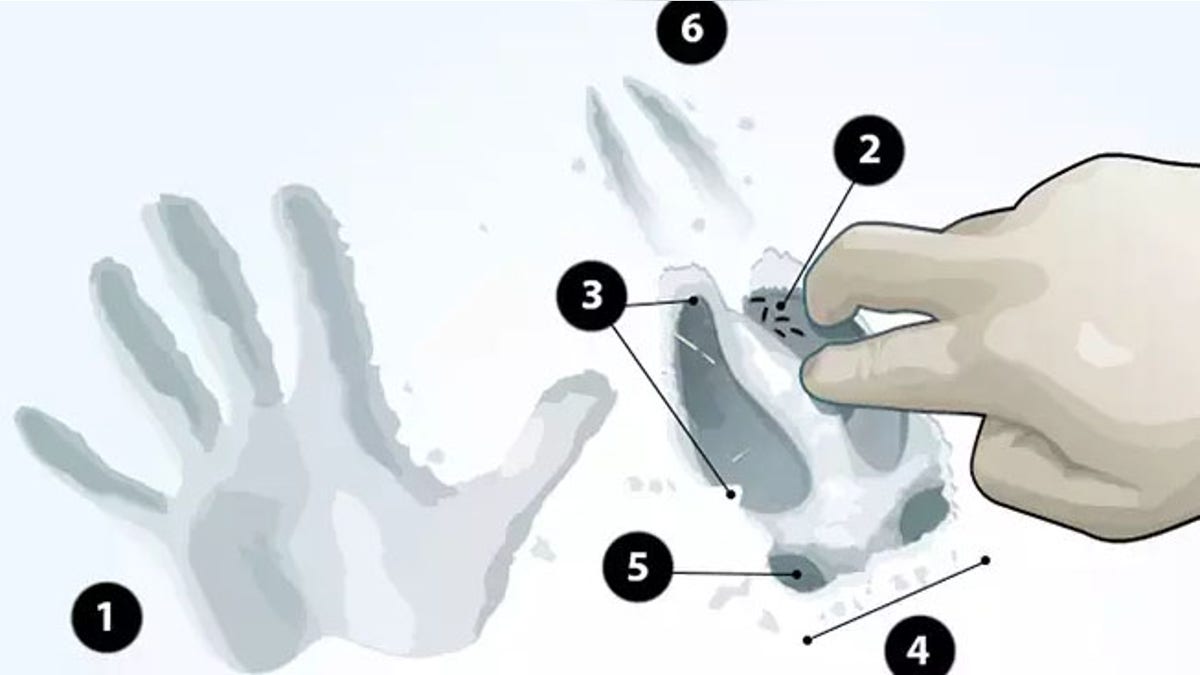
Tom McMillan and Michael Waddell on how they cope with the whitetails they could never quite kill. (iStock)
Face it. Just about all your deer hunting’s been sit-and-wait. Doesn’t matter if you sit in a tree or in a ground blind, the routine is the same: Pattern the deer, place your stand, set your alarm, harvest your buck. And that’s fine, but haven’t you always wanted to track a buck in the snow like those big-woods hunters in Maine and Montana?
DEER POACHER GETS UNUSUAL PUNISHMENT IN TEXAS
Here, you’ll need a new set of skills, and now is a good time to perfect them. You don’t need your rifle, at least not to start — just your persistence.
Here are some clues to help you dissect a deer track.

The size, age, and distinct markings of a deer track can help lead a hunter in the right direction. (Illustration courtesy of Mike Sudal/Field & Stream)
#1. Find what look to be fresh deer tracks. Beside them, make a palm print in the snow, then press its edges. Now, press the edges and midline of the hoof print. If the track is hot, the snow will give way just as easily.
HOW TO TRACK A WORLD-RECORD WHITETAIL
#2. Debris inside the hoof print, such as springtail snow fleas or windblown snow, is a sign of an older track.
#3. Look for traits in the print, such as a longer toe or a chipped hoof, to help you stay on the tracks of a specific deer
#4. The width of the dewclaw impressions can tell you more about the size of the deer than the length of the toes. If their outer edges measure 3 inches or more, that’s a deer worth following.






